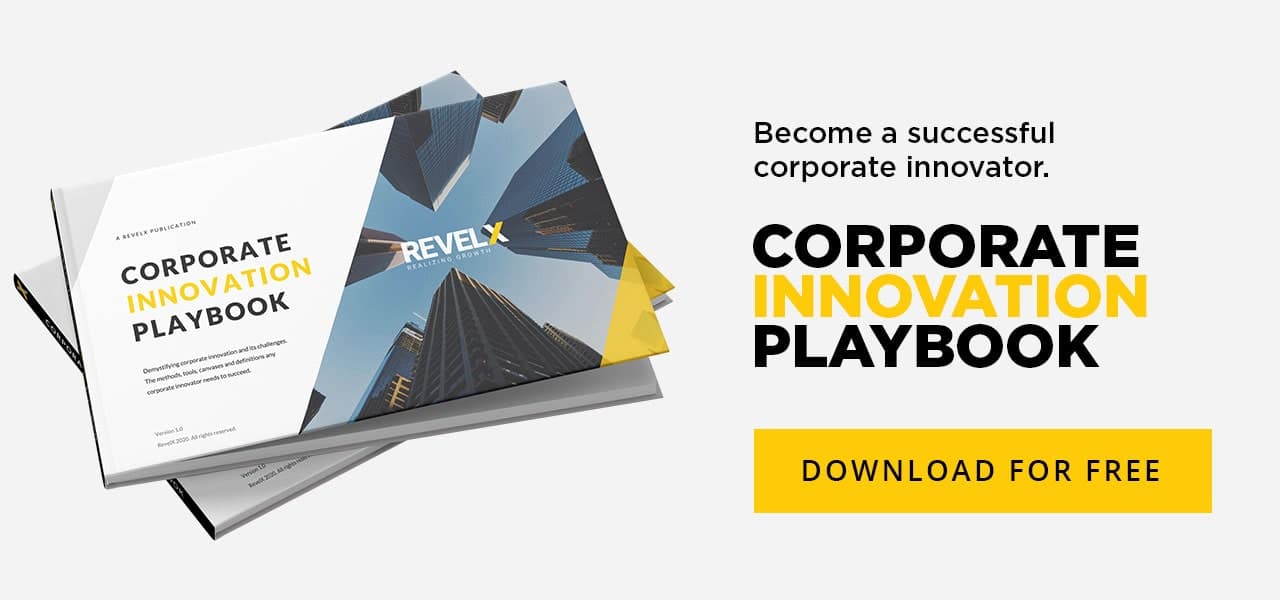Over the last year, I interviewed many CEOs of various international companies, large and small, profit and nonprofit, grownups, and scaleups in all sorts of industries. The leading question was always: “How do you organize your innovation most effectively?” The discussions were confidential, and content was often competitive and market sensitive. The results are short anonymous corporate stories. Honest and insightful. A great way to share knowledge and innovation experience.
From a commodity to the next Nespresso?
An interview with the Chief Innovation Officer of a potato chips manufacturer
A short (hi)story
There once was a potato farmer from Zeeland (a province in the Netherlands), who traveled to the US in the early seventies. During his stay, he visited several industrialized French fries’ production sites of large manufacturers. Coming back, very inspired, he started his own company. Headquartered in the Netherlands, the company now has 6 major production locations in Europe, North Africa, and Latin America. Our company has always been focused on the out-of-home (OOH) market. OOH is much more innovative than food retail. The market is less conservative, and customers are always focused on bringing new concepts to their clients.
From production to sales
We used to be a traditional capacity/bulk-oriented company. From the start the business has been family owned. Originated from innovation, but later caught in a volume capacity game. But a lot has changed over the last five years. One family member took on the reins. He bought the shares from the other family members. After saving some of the cash during his first years on the helm, he started to lead the change. A change from product to market. A change based on insights from markets, customers, and competitors. From cost price to value.
From sales to marketing
However, innovation was still very much product-focused. When we changed from production towards a more sales focus, we immediately flew out of the corner. As a result, we ended up with way too many SKUs, making it hard to earn some decent money on each of them. The next switch we needed to make was from sales to marketing. Creating a deep and better understanding of (future) markets and customer groups. Developing an ambitious vision and strategy. The vision is ‘To become the biggest/best in food service’. Not necessarily in volume, but certainly in perception and image. McCain and LambWeston are market leaders. Huge companies from North America. We may not be market leaders in volume, but we sure aim to be leading in innovation.
The innovation practice
The family used to be very innovation-minded. But over the years we fell into more incremental, short-term customer-focused innovations. The new CEO however is much more focused on the new. Back to the innovative roots of the company. The new corporate strategy (there was none before) has given more direction and focus. The strategy is often used as a litmus test for ideation.
There is a proper innovation funnel with stage gates. However, in an innovative culture and strong innovative leadership, focus is a recurring issue to manage. Everybody with an idea gets sufficient room to develop and to chase their dream. We have a monthly meeting cycle reviewing the new and evolving ideas. Experiments are done in kitchens and labs. Further scaling takes place in pilot plants, that run just at a fraction of a normal production line. There is an almost immediate test for scalability.
Leadership
Many ideas and decisions originate from the owner/CEO. He is everywhere in the market and talks to everybody. He is very well networked. But contrary to what you might have expected, he doesn’t make decisions based on merely gutfeel. He is very thorough, and data-driven. In my position as Chief Innovation, I report directly to the CEO. I used to do product management as well. But that didn’t fit with the much broader task of innovation. My focus is on mid and longer-term innovations. Project sizes vary from a new product/factory with a total of €50-100M like for example for a new coated chips, and a total lead time of 3 years, to e.g. smaller process innovations of around €0,5 -1M.
Getting out of the commodity trap
Next to all these great innovations, we were still fighting the commodity trap of our product category. We needed to make it sexier. More appealing, adding more value. After all, chips are still a commodity product and heavily industrialized. Part of a greater plan was to reposition the product. We started partnering with 2+ star Michelin chefs to enhance the artisanal image of the product. A proven innovation tactic in other industries. And we made some first successful steps. Sergio Herman, one of the greatest chefs of the Netherlands and nowadays rocking his stars in The Jane in Antwerp Belgium, has certainly woken up the market. In practice, it was quite a difficult process, with lots of egos at the table. But we have the market trends in our favor. Natural products are considered to be good nowadays. The Corona crises also boosted our product category. But Corona also gave us a severe headache.
New markets
In the first months of the lockdown, in many of our markets, sales dropped in OOH by almost 80%! Now if this happens for one or two weeks, you can cope. But this lasted for months. Corona exposed our strategic vulnerability. We needed to step outside of the relative comfort zone of OOH. Wondering whether the market would ever come back? We needed to look for other markets, not much affected by the Coronavirus. That new market was Asia. As it happened, we were already looking at the Asian market. The cost and environmental impact of rice farming, the traditional Asian food, is very negative. Water consumption is costly, and water is scarce in these areas. Potatoes is a much more friendly substitute for nature. And growth conditions for potatoes are pretty good in many Asian countries. And more important, consumers have embraced the product. We are now even planning to build a factory in Asia.
Key success factors for change
The transformation from commodity to specialty was toughest for our salespeople. They needed to make the largest step change. They needed to step away from ‘carton pushers/order takers’ toward ‘value/concept’ sales and service. Not only a different story to tell but first and foremost a different mindset and behavior.
The second key success factor in transforming us out of the commodity trap was working with a structured innovation portfolio management approach. This certainly took some time, discipline, and acceptance and in some cases, we also needed more professional people. It was quite a reform towards a more professional way of innovation. Getting rid of the old-school unstructured way of working.
And finally, the third and crucial success factor was C-level backing us all the way and taking a firm stand towards the inevitable resistance of “this will not work”, “tried it before, forget it” etc.
Of course, we are not there yet, by far. We have just been getting started. But it is an exciting journey. Maybe we have the potential to claim a luxury niche spot in the French fries market, just like what Nespresso did in the commodity coffee market?
The ‘how to’ topic accrued out of the feedback that we got from readers of the book I have written on innovation with my esteemed colleague Matthijs Rosman called ‘DARE, The Mindset for Successful Innovators in the Digital Age’.
The purpose of the interviews is to create a new publication as successor of DARE. Do you want to join the conversation? Feel free to contact me at eric@revelx.nl.
Eric de Groot
Boardroom strategist with unparalleled creative brainpower. Always focused on growth. Creates speed by combining business modeling with inventive pragmatic solutions. Invests in involvement over a sustained period.
Related posts
Measuring Innovation: A guide to building investment confidence
Discover how innovation accounting ensures your business…
January 21, 2025
Introducing ISO 56001: The new standard in innovation management
ISO 56001 provides organizations with a structured…
January 14, 2025
Manual vs AI-powered subsidies search: A novel approach to public funding
Ever felt like finding the right subsidy feels like…
November 20, 2024




